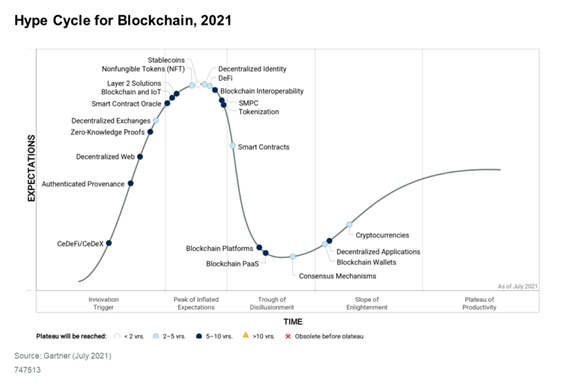In our weekly summer compilation with the most relevant and most read contents of the Telefónica Tech blog since the beginning of this year, this time we bring you the 4 posts on cybersecurity that have had the most visits. Read them and dare to find out why.
Differences between encryption, hashing, scrambling and obfuscation
The first thing to do is to clarify the terms we are dealing with in these readings and, to do so, nothing better than this post where we learn to differentiate between very relevant terms within cybersecurity.
Where do you place your company on the road to cybersecurity?
This post will test your perception of how you see your company in terms of protection against possible attacks. Do you dare?
How Lokibot works
We go one step further and go up a level with this post where we tell you what Lokibot is and how it works.













